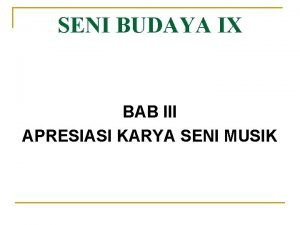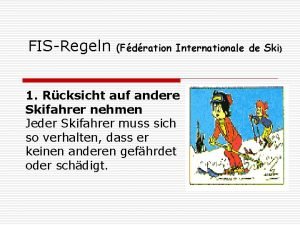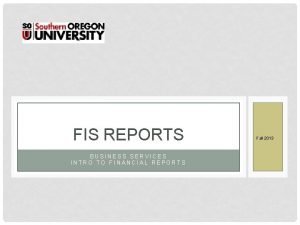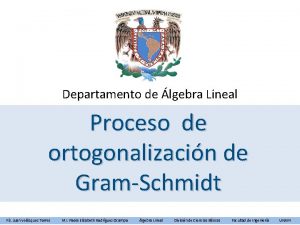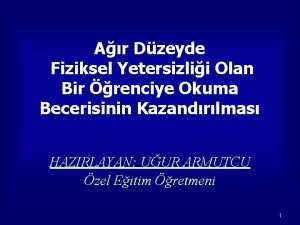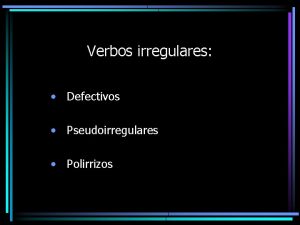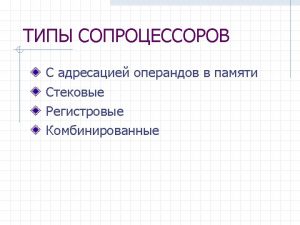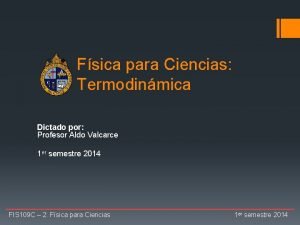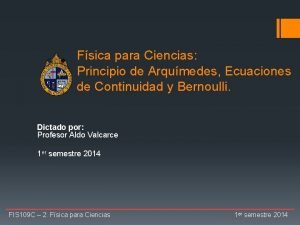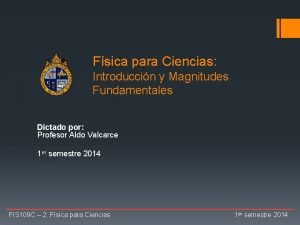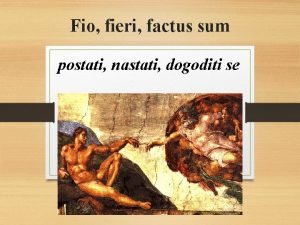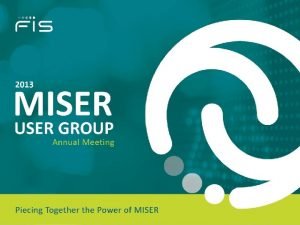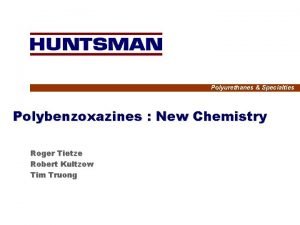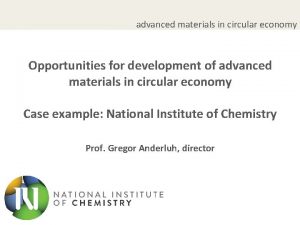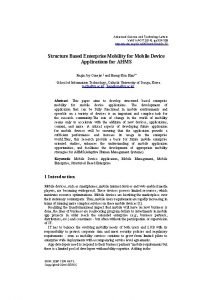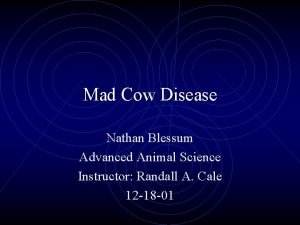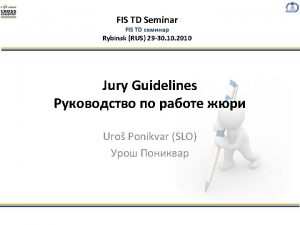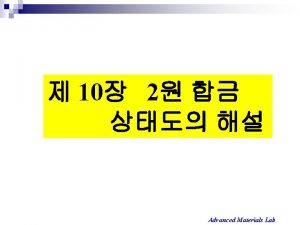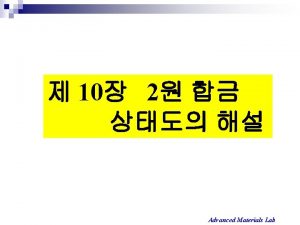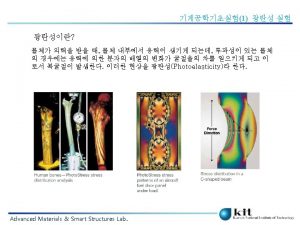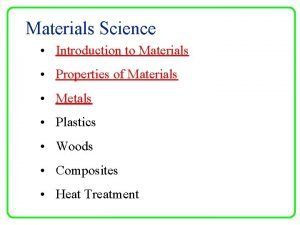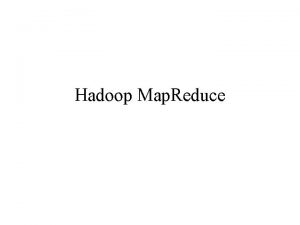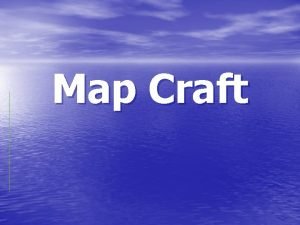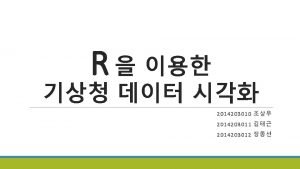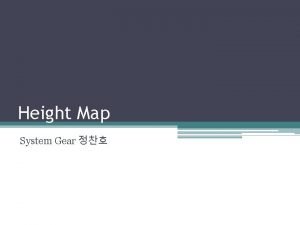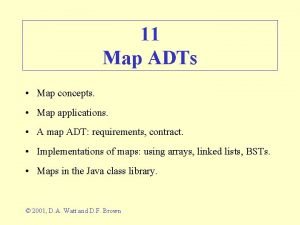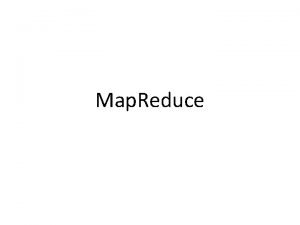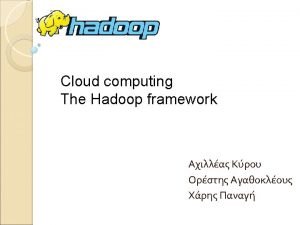MAP FIS 20112012 Overview Advanced materials science Session





























- Slides: 29

MAP – FIS 2011/2012 Overview Advanced materials science Session MAP-FIS conference Universidade do Minho, MAP-FIS Conf.

MAP – FIS 2011/2012 Presentations - Multiferroic materials - Magnetocaloric - Nanowires/nanotubes (magnetic, for photoelectrochemical water splitting) - Quantum dots Preparation techniques: - Templated growth - Electodeposition - Others Applications Universidade do Minho, MAP-FIS Conf.

MAP – FIS 2011/2012 Nanowires/Nanofibres/Nanotubes Wide range of application: - Sensors, nanodevices, magnetic storage - Tissue engineering - Biodevices and systems, nanomedicine - Fundamental studies of cell biology (role of cell nanostructures in guiding cell behavior) - Optics (e. g. , metamaterials) Universidade do Minho, MAP-FIS Conf.

MAP – FIS 2011/2012 Top-down - Litography -e. g. , focused ion-beam miling (FIB) - e. g. , electron-beam direct writing FIB EBDW Universidade do Minho, MAP-FIS Conf.

MAP – FIS 2011/2012 Self-assembled porous templates Porous templates: - self-organized pores - Block copolymers - Anodic Aluminum oxide (Al 2 O 3) Porous Al 2 O 3 template Porous alumina (anodic aluminum oxide) templates: - controllable pore diameter - narrow pore size distribution - self-ordered honeycomb lattice of nanopores after a two-step anodization process - Pore diameters of 11 nm and periods of 40 nm (or more) have been achieved Electrodeposition - DC or pulsed (smaller particles) - Able to coat non-flat surfaces J. Vac. Sci. Technol. B Chem. Mater. Polycyclohexylethylene (PCHE) diblock co-polymer template Universidade do Minho, MAP-FIS Conf.

MAP – FIS 2011/2012 Electrophoretic Deposition 25 V p-Si(001) Si/Si. O 2/Ti. O 2/Pt 20 mm - Suspension of charged particles - Electric field applied to electrodes - Particles are deposited on the substates - Controled particle sizes. They can be very small (~30 nm or less) - Functional thin films -Can be applied with different materials and combinations of materials - Able to form films on a wide range of shapes and 3 D complex and porous structures - It is able to be scaled-up to large volumes and sizes Universidade do Minho, MAP-FIS Conf.

MAP – FIS 2011/2012 Nanocontacts Pt nanowires - Pt nanocontacts for nanocapacitors - Electrochemically deposited Ba. Ti. O 3 Lower electrode 0. 2 m Science Universidade do Minho, MAP-FIS Conf.

MAP – FIS 2011/2012 Nanocapacitors PZT nanocapacitors Nano-capacitors for integrated electronics M. Alexe, et al, Advanced Materials film-type (with top nanocontacts) island-type Universidade do Minho, MAP-FIS Conf.

MAP – FIS 2011/2012 Nanowires - Biomimetic cilia -Sensing sound (acoustic) - Fluid flow Journal of Bionic Engineering Silicon-nitride suspending membranes with polymer cilia on top Electrodes on membrane and substrate form a variable capacitor for readout Universidade do Minho, MAP-FIS Conf.

MAP – FIS 2011/2012 Nanowires - Magnetic nanowires - Patterned arrays - Information storage (high density) - Biological applications (e. g. , magnetic carrier to manipulate functionalized particles in suspensions) - Magneto-optical - High-aspect ratio wires through anodic aluminum oxide templates (up to 50 m long) - Magnetic anisotropy studies Ni nanowires 200 nm diam, 10 m long Array of Fe nanowires λlaser=632. 8 nm Nanotechnology Universidade do Minho, MAP-FIS Conf.

MAP – FIS 2011/2012 Magnetocaloric Materials - Magnetocaloric effect - Changing magnetic fields induces changes in the materials temperature - Magnetic refrigeration Universidade do Minho, MAP-FIS Conf.

MAP – FIS 2011/2012 Magnetocaloric Materials Magnetocaloric effect - Application of a magnetic field H -> magnetic material is heated - Reversible process (cooled upon H removal) - Change in magnetic entropy Entropy: Adiabatic Isothermal Effect is higher near Tc Universidade do Minho, MAP-FIS Conf.

MAP – FIS 2011/2012 Magnetocaloric Materials V. K. Pecharsky, Phys. Rev. Lett. (1997) Giant magnetocaloric effect - First order magnetic phase transition - e. g. , Gd 5 Si 2 Ge 2 M (emu/g - Strong changes in entropy near Tc 5 Tesla Gd 5 Si 2 Ge 2 : PM->F(I) at T~300 K (2 nd order); F(I)->F(II) at T ~ 277 K (1 st order); Magneto-structural (~282 -289 K) Universidade do Minho, MAP-FIS Conf.

MAP – FIS 2011/2012 Magnetocaloric Materials Applications - Magnetic refrigeration -e. g. , cooling integrated circuits - avoids fans and complex dissipators - compact and fully solid-state -New materials to: - widen the applicable temperatures - use of lower magnetic fields Universidade do Minho, MAP-FIS Conf.

MAP – FIS 2011/2012 Magnetocaloric Materials Other effects for cooling - Magnetic field dependant thermal conductivity - Application of magnetic field increases K 1 and decreases K 2 (changing heat transfer) Giant electrocaloric effect In ferroelectric materials - Avoids refrigeration fluids completely - e. g. , La. Ca. Mn. O 3 (K = 0. 125 W/m. K (0 T), 0. 085 W/m. K (8 T) PZT K 1 -> K 2 -> K 1 < K 2 K 1 + K 1 > K 2 - K 2 Science Universidade do Minho, MAP-FIS Conf.

MAP – FIS 2011/2012 Multiferroic Materials Multiferroic materiais combine, at least, two ferroic orders: -Ferroelectricity -Ferromagnetism Some insulator oxides -Ferroelasticity Magnetoelectric materials exhibit a coupling between their electric and magnetic degrees of freedom Universidade do Minho, MAP-FIS Conf.

MAP – FIS 2011/2012 Multiferroic Materials The magnetoelectric response (ME), in multiferroic (MF) systems: -appearance of an electric polarization (P) upon applying a magnetic field (H) - and/or appearance of a magnetization (M) upon applying an electric field (E) - Single phase - Composites -> coupling through strain Free energy Polarization Magnetization ij – induction of a polarization (magnetization) due to a magnetic (electric) field. Linear ME effect Universidade do Minho, MAP-FIS Conf.

MAP – FIS 2011/2012 Multiferroic Materials Potencial applications: -magnetic field sensors, current measurement probes, transducer, filters, oscillators, phase Sensitive to low H freq. ac fields shifters, memory devices - Higher ME on laminated composites Tunable microwave line Universidade do Minho, MAP-FIS Conf.

MAP – FIS 2011/2012 Single-phase multiferroics Multiferroic Materials Type I - ferroelectricity and magnetism have independent sources with some coupling between them - ferroelectricity typically appears at higher temperatures than magnetism - perovskyte type ferroelectrics, charge-ordering, tilting of unit cell blocks - spontaneous polarization P is often large (10 – 100 C/cm 2) - e. g. , Bi. Fe. O 3 (TFE~1100 K, TN= 643 K, P ~ 90 C/cm 2); YMn. O 3 (TFE~914 K, TN= 76 K, P ~ 6 C/cm 2 ) Off-centering Lone pair Type II - magnetism causes ferroelectricity, implying a strong coupling between them Charge-ordering -2 2 - polarization in these materials is usually much smaller ( ~ 10 C/cm ) - e. g. , Tb. Mn. O 3, Ni 3 V 2 O 6, or Mn. WO 4 - limitation of single-phase materials -> search new materials, Or -> strain coupling ME -> composites tilt Spiral magnetic phase Universidade do Minho, MAP-FIS Conf.

MAP – FIS 2011/2012 Multiferroic composites Piezoelectric Phase + Magnetostrictive Phase Elastic interactions Magnetoelectric (ME) response 0 -3 granular 2 -2 multilayer 1 -3 vertical - Laminated composites – high ME response - Thin films - When a magnetic field is applied to the composite, the magnetic phase changes its shape magnetostrictively. Strain is then passed along to the piezoelectric phase, resulting in an electric polarization. For the converse effect a similar coupling is obtained. Universidade do Minho, MAP-FIS Conf.

MAP – FIS 2011/2012 Multiferroic composites Piezoelectric Phase + Magnetostrictive Phase Elastic interactions Magnetoelectric (ME) response Advantages - High magnetization and electric polarization - Higher ME response as compared with single phase Universidade do Minho, MAP-FIS Conf.

MAP – FIS 2011/2012 Multiferroic nanostructures Motivation: - on nanostructures high electric fields can be applied with small voltages - energy consumption Magnetoresistance Materials Science and Engineering R Electroresistance (bias E-field) Universidade do Minho, MAP-FIS Conf.

MAP – FIS 2011/2012 Pulsed laser ablation (PLD) -Feixe laser, pulsado, incide no alvo. -Radiação laser é absorvida pela superfície sólida do alvo e a energia electromagnética é convertida em energia térmica, causando assim a evaporação explosiva, ou seja a “pluma”. -No interior da pluma, o livre percurso médio é pequeno e, como tal, logo depois da irradiação do laser no alvo a pluma rapidamente se expande sob a forma de um jacto que é perpendicular ao alvo. - As partículas são recolhidas num substrato de modo a formar um filme. Depende da distância alvo-substrato, e da posição da pluma em relação ao substrato. Universidade do Minho, MAP-FIS Conf.

MAP – FIS 2011/2012 Multiferroic Nanostructures Self-assembled magnetoelectric nanostructures - Imiscible materials - Matrix: Piezoelectric. P, E. - Colums: Magnetostrictive. M, H. - Stress mediated coupling => P versus H. - Laser ablation M versus E Ba. Ti. O 3/Co. Fe 2 O 4 Zheng et al. , Science , (2004) -Others: Ba. Ti. O 3/Ni. Fe 2 O 4, PZT/Ba. Ti. O 3/Co. Fe 2 O 4, etc Universidade do Minho, MAP-FIS Conf.

MAP – FIS 2011/2012 Multiferroic Nanostructures Magnetic thin film on a piezoelectric substrate - R(1 -x)A(x)Mn. O 3 Manganite films - Strain: changes Mn-O bond-lenghts and Mn-O-Mn angles - Mismatch with substrate affects: structural (unit cell distortion), electrical (metallic phase) and magnetic properties (anisotropy, Tc changes) - CMR tuning and CO-melting - e. g. , La. Ca. Mn. O 3/PMN-PT, La. Sr. Mn. O 3/Li. Nb. O 3 Phil. Mag. Universidade do Minho, MAP-FIS Conf.

MAP – FIS 2011/2012 Multiferroic Nanostructures Granular magnetoelectric thin films and composites - Magnetostrictive grains in a piezo matrix -Matrix: Piezoelectric. P, E. - Grains: Magnetostrictive. M, H. - 0 -3 composite Ba. Ti. O 3/Co. Fe 2 O 4 f. CFO = 0. 8 - e. g. , Ba. Ti. O 3/Co. Fe 2 O 4, PZT/Ni. Fe 2 O 4 C. W. Nan, (1994) Universidade do Minho, MAP-FIS Conf.

MAP – FIS 2011/2012 Multiferroic nanostructures PZT-Co. Fe 2 O 4 nanocomposites Nanodots ACS Nanograins inside a Matrix Universidade do Minho, MAP-FIS Conf.

MAP – FIS 2011/2012 Conclusions - New materials - Combination of different physical properties and techniques - Modeling physical behavior - New designs for applications Universidade do Minho, MAP-FIS Conf.

MAP – FIS 2011/2012 Session 15: 45 Probing Electrostructural Coupling on Magnetoelectric Cd. Cr 2 S 4 Speaker: Gonçalo Oliveira 16: 00 Effect of la substitution on Tb 5 Si 2 Ge 2 compound: structural and magnetic properties Speaker: João Horta Belo 16: 15 - 17: 00 Coffee Break + Poster Session 17: 00 Ordered arrays of electrodeposited nanowires and nanotubes: comparing magnetic properties Speaker: Mariana Proença 17: 15 Hematite nanowires for solar water splitting: development and structure optimization Speaker: João Azevedo 17: 30 Critical behaviour of a three-dimensional hardcore cylinders composite system Speaker: Jaime Silva 17: 45 Dynamic electronic interactions at nanoscopic scale Speaker: Marcelo Barbosa 18: 00 Exchange coupled donor dimers in nanocrystal quantum dots Speaker: António José Almeida Universidade do Minho, MAP-FIS Conf.
 Mapfis
Mapfis Favourite subject
Favourite subject 3 contoh nada enharmonis
3 contoh nada enharmonis Bernada dasar apa kokonorotomo
Bernada dasar apa kokonorotomo I fis
I fis Fis regeln
Fis regeln Lionspace fis
Lionspace fis Agh fis
Agh fis Dra. paola elizabeth rodriguez ocampo
Dra. paola elizabeth rodriguez ocampo Datasoft belgelerden fiş oluşturma
Datasoft belgelerden fiş oluşturma Fiş cümleleri resimli
Fiş cümleleri resimli Verbos terminados en -ado edo ido
Verbos terminados en -ado edo ido Frndint
Frndint Fis
Fis Fis
Fis Fis
Fis Factus sum
Factus sum Financial information system fis
Financial information system fis Fis miser
Fis miser Advanced materials
Advanced materials Advanced materials
Advanced materials Advanced materials
Advanced materials Go noodle cant stop the feeling
Go noodle cant stop the feeling Useful materials at home and ways to use
Useful materials at home and ways to use Natural materials and man made materials
Natural materials and man made materials Adapting and adopting materials
Adapting and adopting materials Direct materials budget with multiple materials
Direct materials budget with multiple materials Understanding standards advanced higher computing
Understanding standards advanced higher computing Advanced science and technology letters
Advanced science and technology letters Advanced animal science
Advanced animal science



